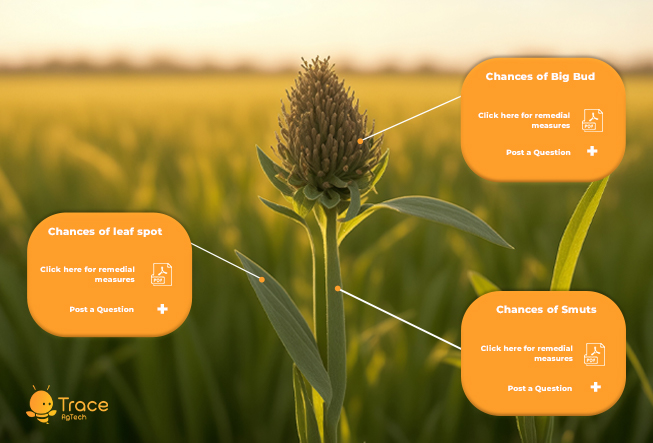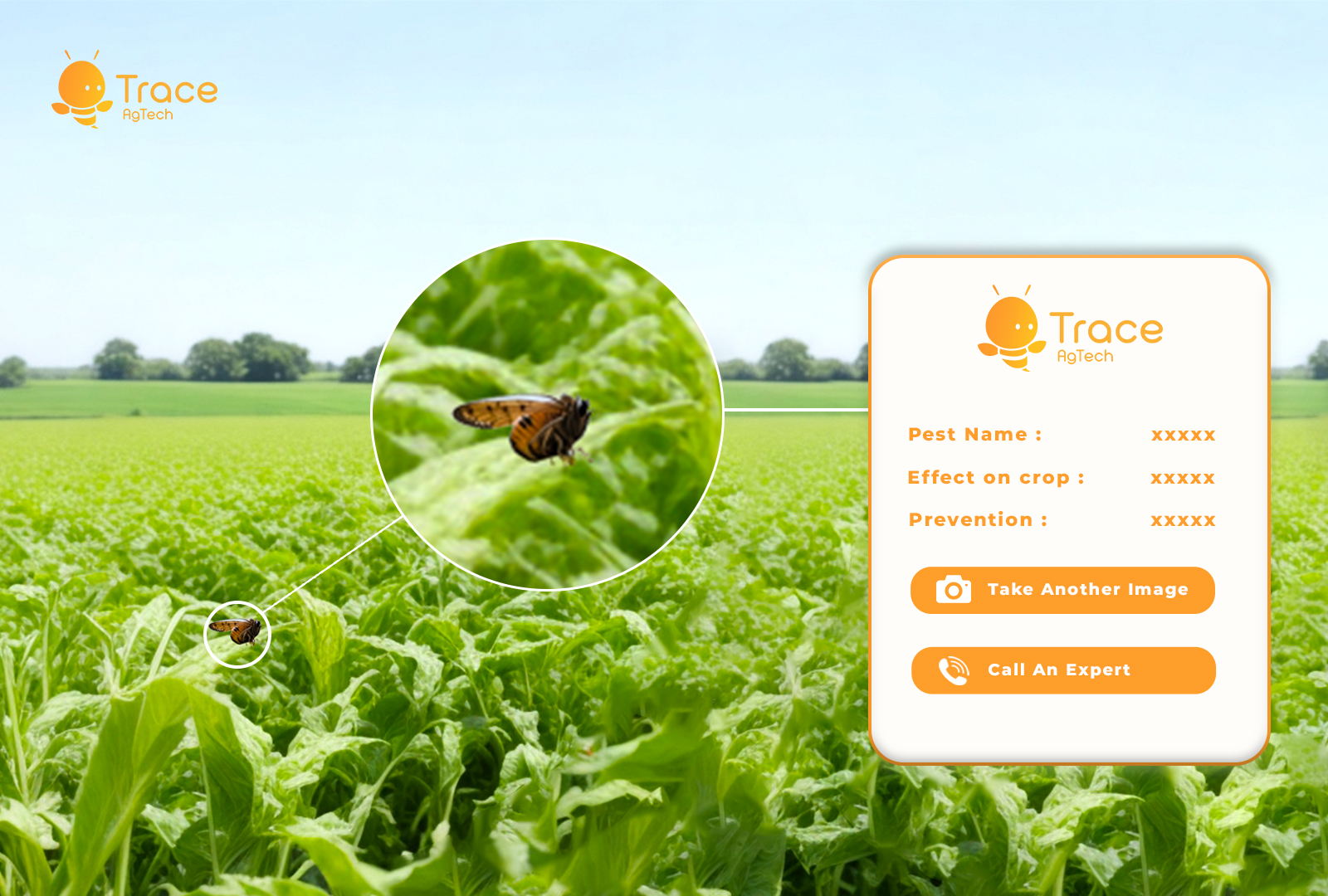Crop Disease Detection & Prevention: How Agritech is Revolutionizing Plant Health
Crop disease detection plays a critical role in sustaining the world’s growing population. Pest diseases can devastate entire harvests, leading to food shortages, economic losses, and environmental damage. Fortunately, advancements in agricultural technology, known as agritech, have revolutionized the way we detect and prevent crop diseases. In this blog, we will explore how agritech is transforming plant health through innovative disease detection and prevention methods.
Early Crop Disease Detection
Early detection of crop diseases is vital for effective management. Traditionally, farmers relied on visual inspection to identify symptoms of diseases. However, this approach is subjective and often unreliable. Agritech has introduced sophisticated techniques for early disease detection, empowering farmers with more accurate and timely information.
a. Remote Sensing: Remote sensing technologies, such as drones equipped with multispectral cameras and satellite imagery, enable farmers to monitor large areas of farmland efficiently. These tools can capture images and analyze them using advanced algorithms to detect subtle changes in crop health. By identifying stress patterns or abnormalities early on, farmers can take proactive measures to prevent disease outbreaks.

b. Sensor Networks: Deploying sensor networks in fields allows continuous monitoring of environmental parameters like temperature, humidity, and soil moisture. These sensors provide real-time data, which, when combined with machine learning algorithms, can detect early signs of diseases. This early warning system enables farmers to take immediate action, such as targeted pesticide application or adjusting irrigation strategies.
Crop Disease Detection and Diagnosis
Accurate disease identification is crucial for implementing effective control measures. Agritech solutions have introduced automated methods for disease diagnosis, reducing dependence on human expertise and enhancing efficiency.
a. Image Recognition: Computer vision algorithms powered by artificial intelligence (AI) can analyze images of diseased plants and match them against vast databases of known diseases. This technology allows for rapid and accurate identification of crop diseases, even by non-experts. Farmers can use smartphone apps or specialized devices to capture images, which are then processed by AI models to provide real-time diagnoses.

Crop pest disease detection
b. DNA Sequencing: DNA sequencing technologies have revolutionized disease identification in agriculture. By analyzing the genetic material of pathogens present in the field, farmers can precisely determine the type and strain of the disease affecting their crops. This information helps them select the most appropriate control strategies, including the use of resistant varieties or targeted fungicides.
Precision Crop Disease Management
Agritech empowers farmers with precision disease management tools, enabling them to optimize resource utilization and minimize environmental impact.
a. Variable Rate Application: Precision agriculture techniques allow for targeted application of inputs, such as fertilizers, pesticides, and irrigation. By mapping disease hotspots within a field, farmers can adjust the application rates of control measures based on the specific needs of different areas. This approach minimizes chemical usage while maximizing disease control efficacy.
b. Integrated Pest Management (IPM): Agritech solutions promote the implementation of IPM strategies, which focus on a holistic approach to disease management. IPM combines various control methods, including cultural practices, biological control agents, and chemical treatments, to achieve sustainable disease control. Agritech tools provide real-time data on pest and disease populations, allowing farmers to make informed decisions regarding control measures and minimize unnecessary pesticide use.
Data-Driven Insights
Agritech generates vast amounts of data that can be harnessed to gain valuable insights and improve decision-making.
a. Predictive Analytics: By leveraging historical and real-time data, agritech platforms can employ predictive analytics to forecast disease outbreaks. These models take into account environmental conditions, crop growth stages, and disease progression patterns to provide early warnings and inform farmers about preventive measures.
b. Knowledge Sharing: Agritech platforms enable farmers to share disease information and experiences with each other, fostering collaborative learning and improving overall disease management practices. Online forums, mobile apps, and data-sharing networks connect farmers, researchers, and agricultural experts, allowing for the exchange of knowledge and best practices.
Conclusion
The integration of agritech into agriculture has transformed the way we detect and prevent crop diseases. From early disease detection through remote sensing and sensor networks to automated disease identification using image recognition and DNA sequencing, agritech offers farmers powerful tools to safeguard their crops. Precision disease management techniques, coupled with data-driven insights and knowledge sharing, further enhance farmers’ ability to protect their plants effectively. As agritech continues to advance, it holds great promise for ensuring sustainable and resilient agricultural systems in the face of crop diseases.

Any comments?